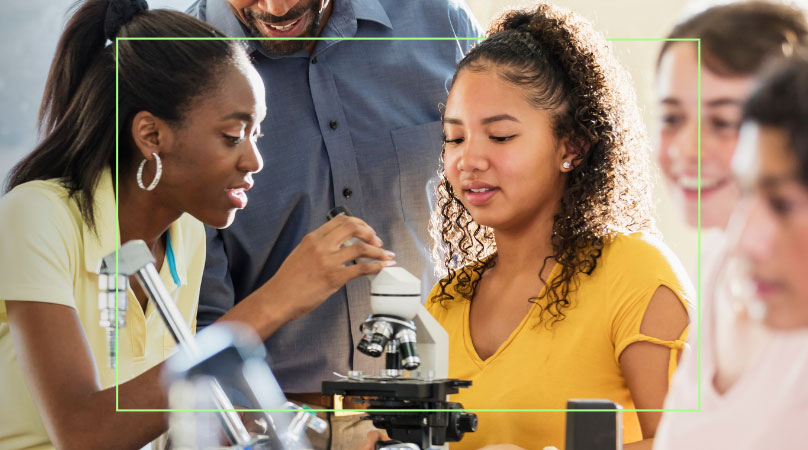Prep: 15 mins
Activity: 15 mins
6-12 Middle | High School
This demonstration is an engagement activity that increases students’ awareness of the current state of global water quality and availability. The United Nations releases annual reports on global water quality around a theme, with updated water quality statistics. The data can be turned into true/false or multiple choice questions and used as a friendly class competition. This activity uses the UN water quality poster from 2013.
What is the current state of the global water supply?
Obtaining, Evaluating, and Communicating Information
ESS3: Earth and Human Activity
Stability and Change
There is no PPE needed for this activity.
Water Quality Awareness
A. 11% B. 33% C. 55% D. 77%
(add a pinch of soil)
2. What percent of people worldwide do NOT have access to improved sanitation?
A. 11% B. 33% C. 55% D. 77%
(add 3 drops of yellow food coloring)
3. In developing countries, of sewage is discharged untreated directly into water bodies.
A. 20% B. 40% C. 60% D. 80%
(add pinch of cocoa)
4. Industry dumps about MT of polluted waste in water every year.
A. 100-200MT B. 300-400MT C. 500-600MT D. 700-800MT
(add 3 drops of yellow food coloring)
5. The most common agricultural chemical contaminant found in groundwater aquifers is .
A. ammonia B. nitrate C. phosphate D. sulfate
(add 3 drops of green food coloring)
6. About how many people die each year due to inadequate water supply, sanitation, and hygiene?
A. 3,500 B. 35,000 C. 350,000 D. 3,500,000
(add a pinch of soil)
7. Which ecosystem has suffered the greatest degradation in biodiversity?
A. estuaries B. fresh water C. oceans D. salt water marshes
(add 3 drops of green food coloring)
We are committed to providing the lab kits, instructional materials, and often free activities and supporting digital resources that do as much heavy lifting for you as we can.



*Next Generation Science Standards® is a registered trademark of Achieve. Neither Achieve nor the lead states and partners that developed the Next Generation Science Standards were involved in the production of this product, and do not endorse it.
Get the latest news, free activities, teacher tips, product info, and more delivered to your inbox.
We use cookies to enhance your browsing experience, serve personalized ads or content, and analyse our traffic. By clicking "Got It", you consent to our use of cookies. Privacy Policy